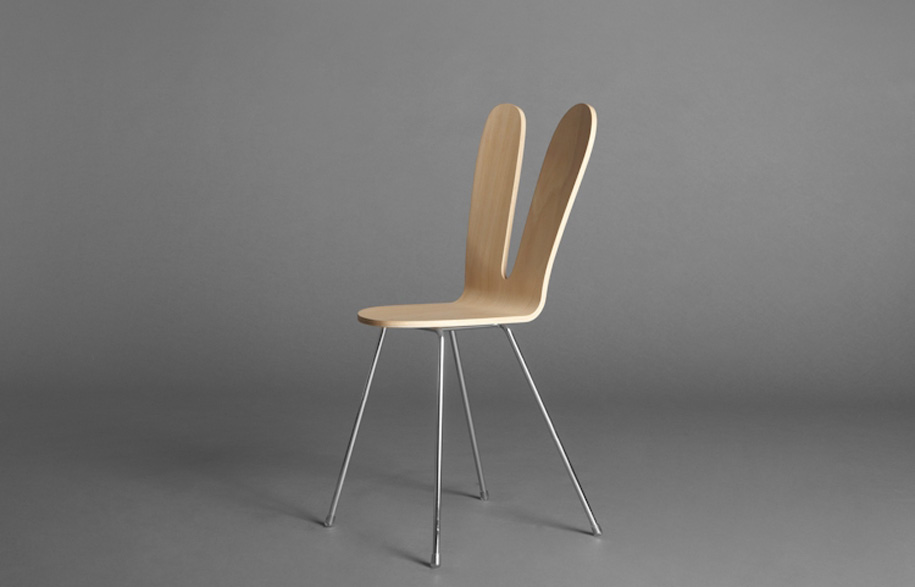Above: Rabbit Chair by SANAA. Available from Seeho Su
In an attempt to avoid liability, replica furniture sellers are usually careful to expressly refer to products as “replica” and include disclaimers that the product has no association with the original. This will usually be enough to avoid a breach of the Australian Consumer Law, which prohibits the making of false or misleading representations that goods have a sponsorship, approval or affiliation of another person or company.
However, replica products are often accompanied by detailed stories of how the original designer came up with the design concept, as if to imbue the replica product with the same qualities as the original. Representing that a replica product is essentially the same as the original product, despite being constructed differently or made of an inferior material, could contravene provisions of the Australian Consumer Law which prohibit false or misleading representations regarding the standard, quality, value, grade, composition or performance characteristics of goods.
Furthermore, despite common misconceptions, the qualification of the word “replica” and the use of disclaimers will not necessarily provide a defence to trade mark infringement.
A registered trade mark provides its owner with the exclusive right to use and authorise others to use the trade mark for specified goods and services. It is highly recommended that trade mark registration is sought for the name of a designer, the names of his or her designs and the overarching brand under which designs are offered.
It is our view that, depending on the circumstances, a registered trade mark can be relied upon to prevent the use of the name of a designer or a design to invite buyers to purchase an unauthorised product, even if the product is expressly marketed as a “replica”.
Whether out of respect or fear of litigation, most Australian businesses would not dare market a product as “replica Coca-Cola” or “replica Louis Vuitton”. Why should trade marks associated with designer furniture or lighting be relegated to a lesser status? It is up to furniture designers and brand owners to demonstrate the value they place in their trade marks by registering and enforcing them in the same way as other industries do.
Explore this topic more at the Vivid event GET REAL – DON’T BE FAKE: the importance of supporting authentic design, held at Stylecraft June 2nd. Tickets available here.
K&L Gates
klgates.com
Please contact us if you would like to discuss the most effective method of protecting your designs.
Christine Danos, Senior Associate, [email protected]; Gregory Pieris, Senior Associate, [email protected]; Chris Round, Partner, [email protected]

